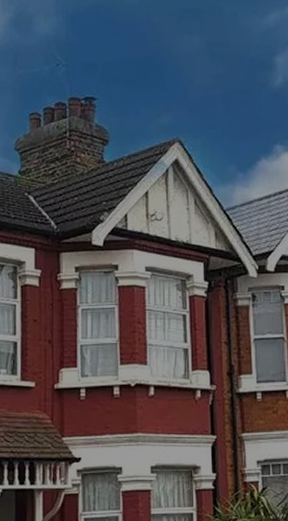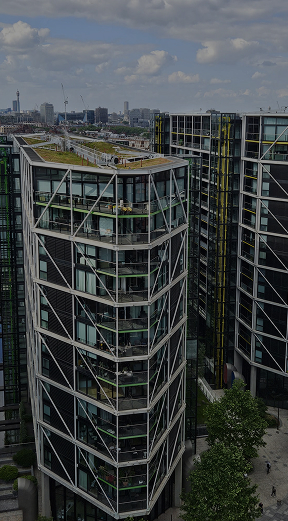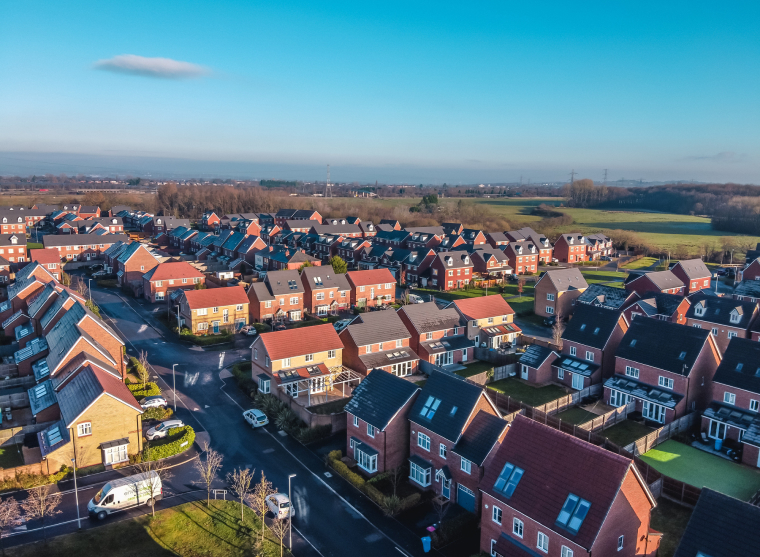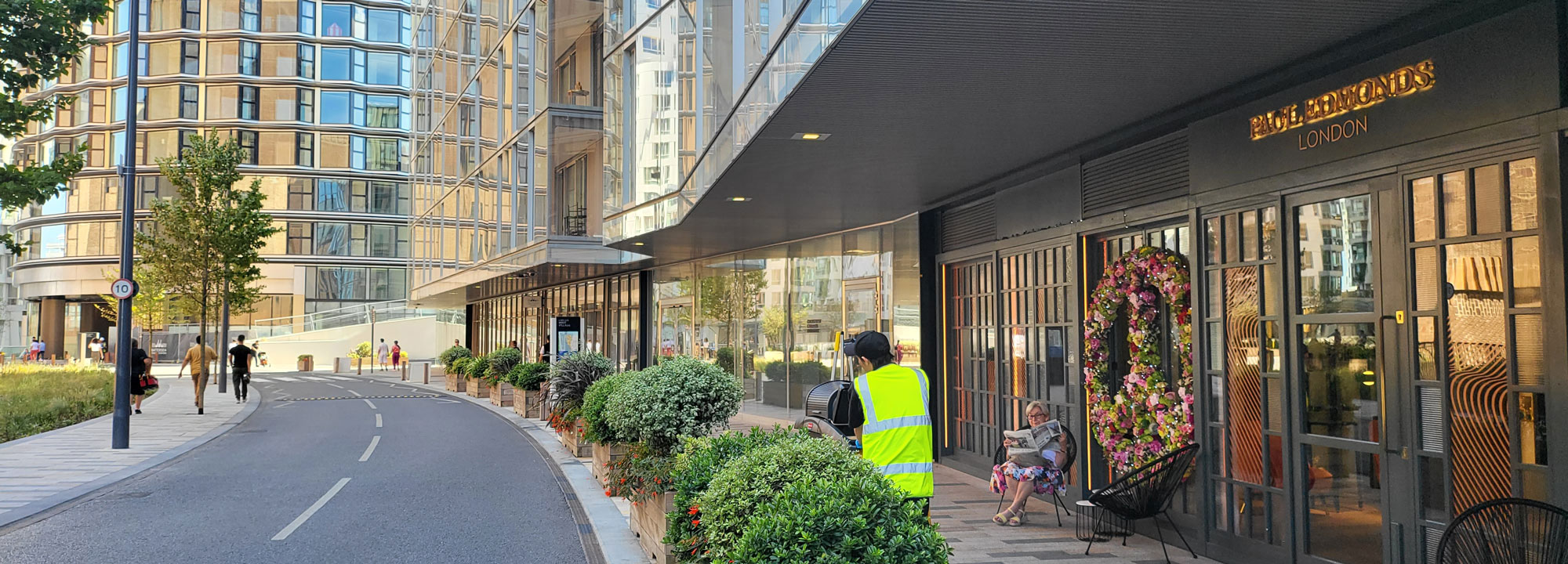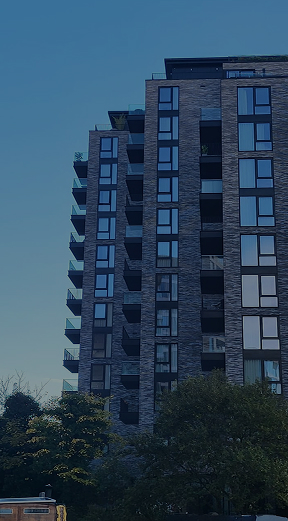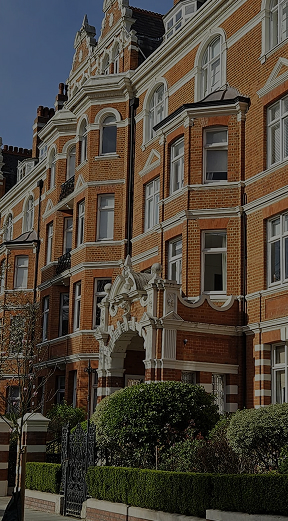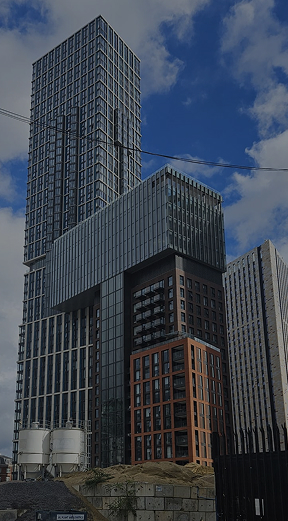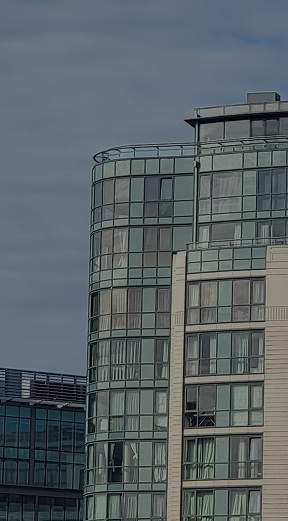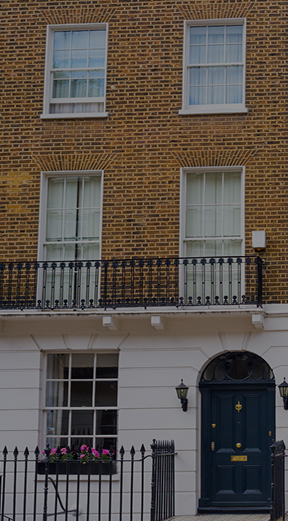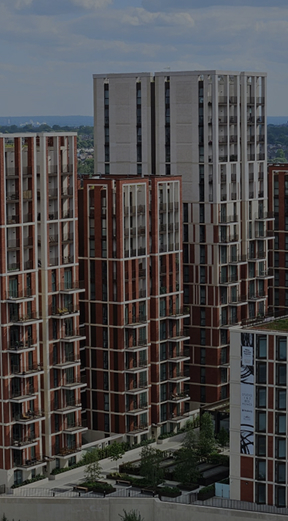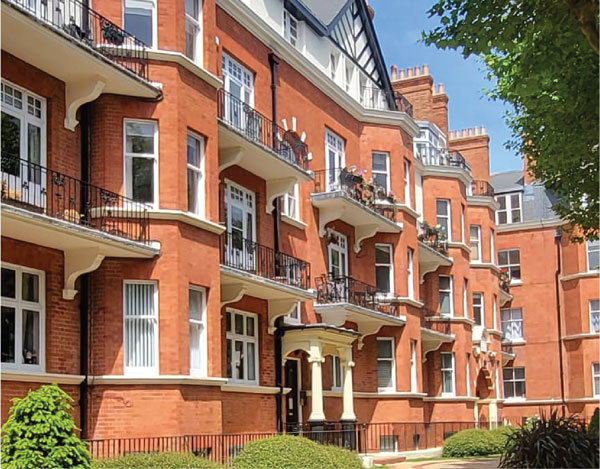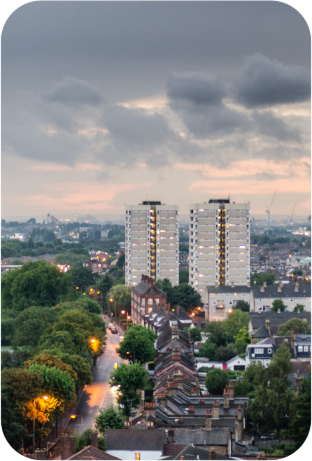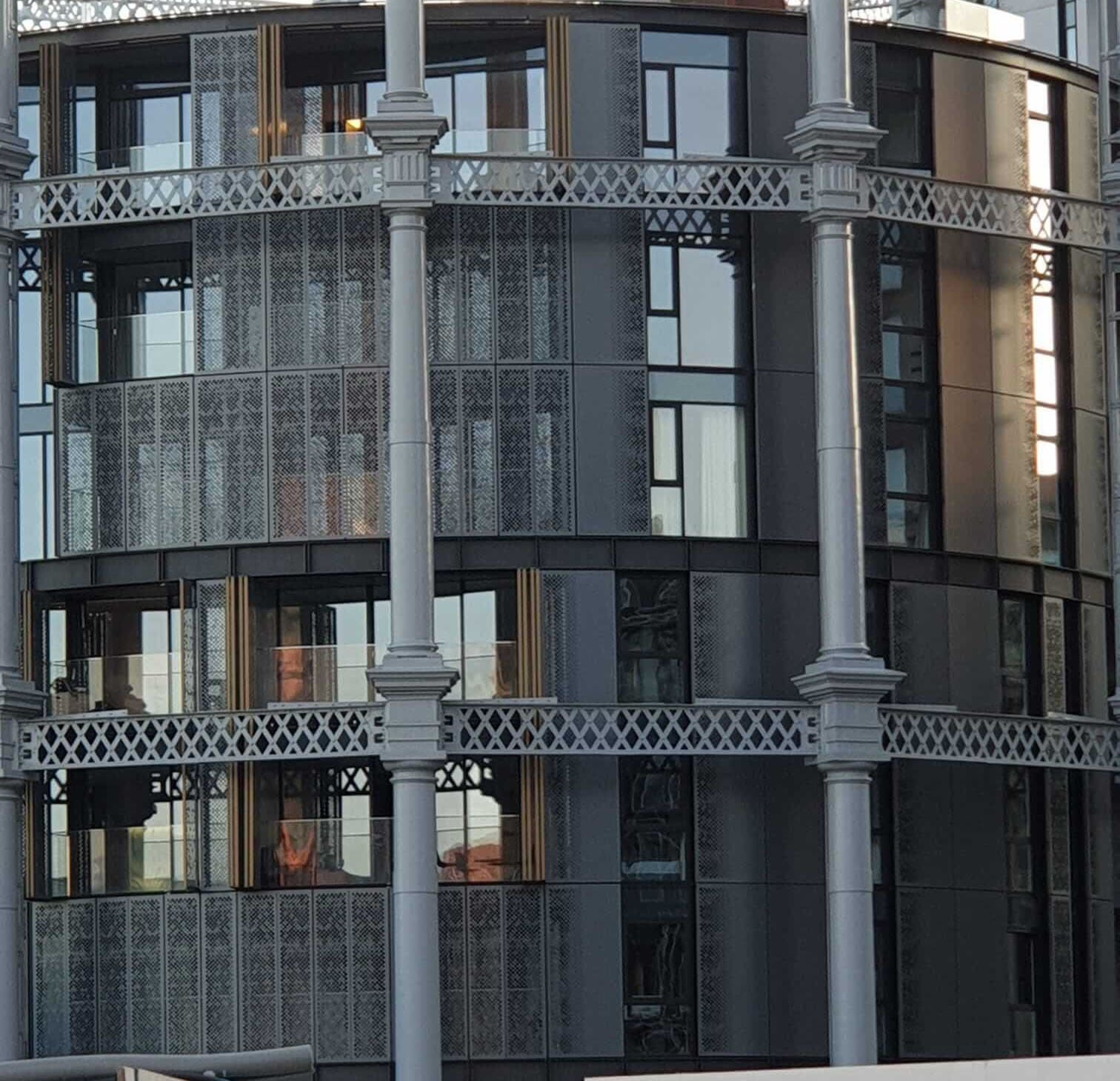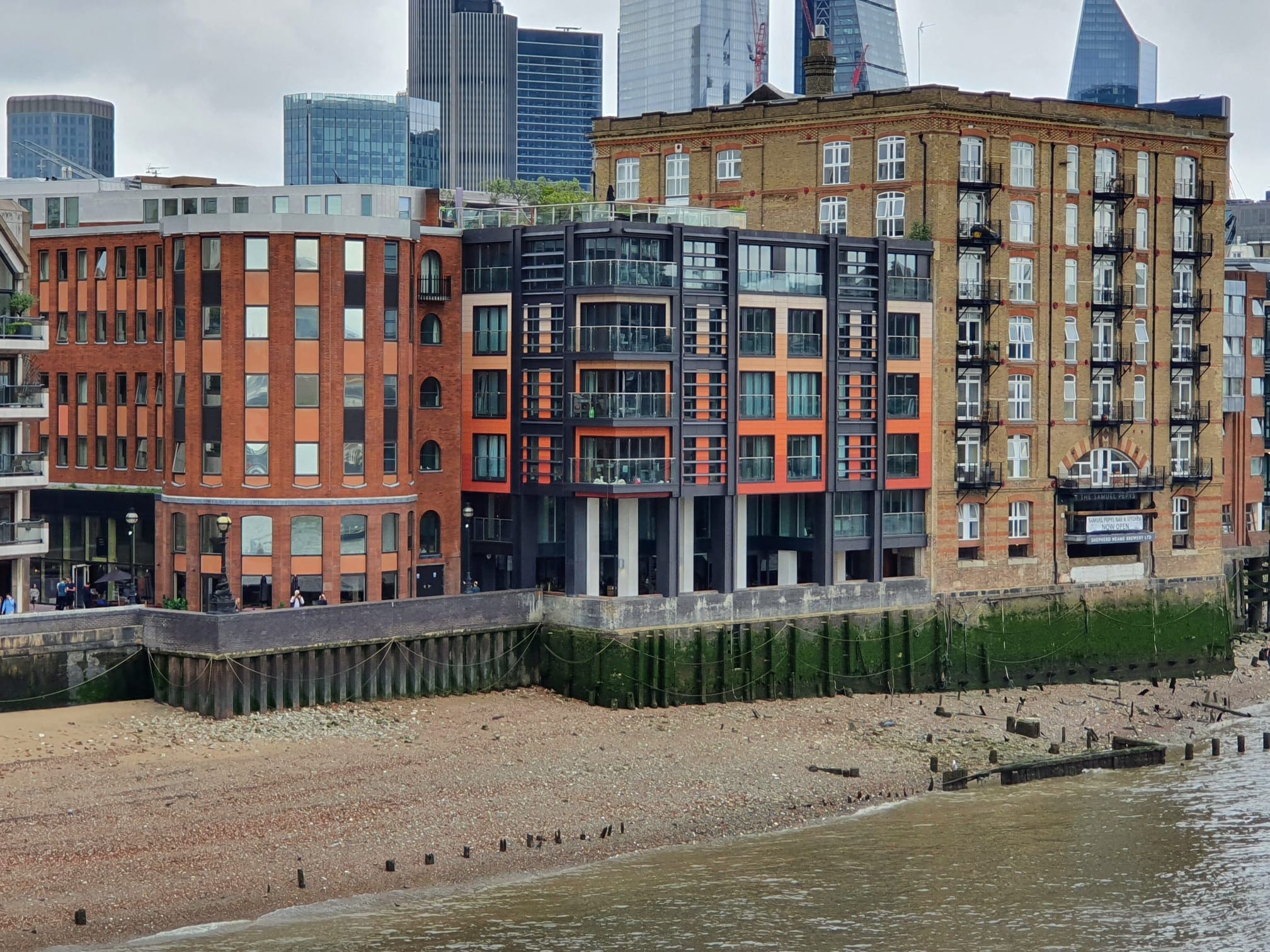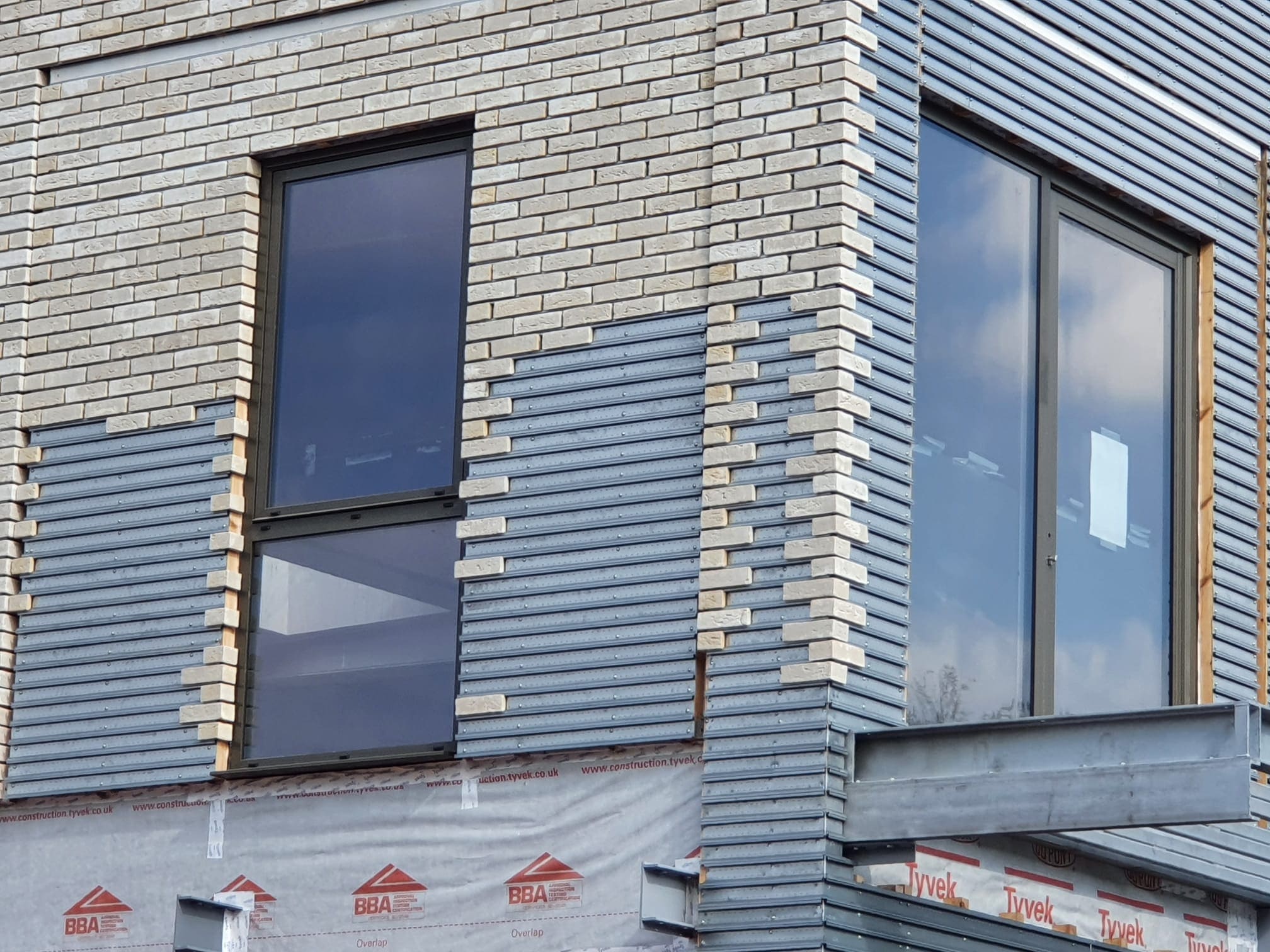How do you take over freehold?
For residents to collectively buy the Freehold of their building they will need a majority of over 50% (the remaining residents will then have a choice to join and buy or remain a leaseholder of the newly formed Freehold Company). This process is commonly known as Enfranchisement whereby the cost of purchase and method of compulsory acceptance and release by the incumbent Freeholder is enshrined in Law ie. the price is fixed by formula and cannot be altered by either party. It is best to instruct a specialist solicitor to help you in this process.
Why buy the freehold?
1. You may feel your landlord is over-charging in various areas. Most common is insurance premium and service charge for mantenance and repairs, cleaning, etc.
2. Change provisions laid out in your inherited lease that stop you making certain alterations and being charged for certain oyems like sub-letting etc.
3. Add value to your flat by buying the freehold or extending a lease - Often you can extend your lease for free to 999 years.
4. Nullify ground rent charges.
5. Potential buyers look for “shared freehold”in sales particulars when buying.
6. You may have the right to buy property certain sections or areas included in your lease, such as garages and gardens.
Do you even qualify to buy the freehold?
1. Essentially you have to be a long leaseholder and at least 2/3rds of the flats must have been bought on long leases (minimum 21 years when granted).
2. At least half or more of the leaseholders in the building must participate in the purchase.
3. There must be a minimum of two properties in the building. If there are only two properties in the building, both must be willing to purchase the freehold.
4. No more than 25% of the internal floor space can be used for or intended for non-residential applications (exc any common areas).
5. There are no right to collective enfranchisement if majority of the following conditions are not met : the block or property is a conversion into four or less flats and the landlord has owned the freehold since well before the conversion and has habitated there (or an adult member of the freeholder’s family has lived there) for the past year at least.
6. Non qualification if the freehold includes operational rail track, bridge or tunnel within its boundary.
7. No right to enfranchisement on properties within a cathedral precinct and National Trust property. Crown properties are also excluded, but in reality the Crown is likely to waive their right of refusal.
Woprth Noting - There is zero requirement for you to have owned the property for any minimum period.
There is also no obligation to participate. The non-participating leaseholders will become tenants of the new freeholder (ie former leaseholders). They can always apply to purchase the freehold later at later date.
Procedure
1. Choose a Nominee Purchaser. This is usually a company formed by the leaseholders and is the entitiy that will be on the document to be served on the freeholder. Your solicitor can organise this or use Ringley Law (www.ringleylaw.co.uk).
2. Select a suitable valuation surveyor, who has experience in leasehold valuation to give an estimation of the purchase price. The leaseholders will in effect have to compensate the freeholder for loss of ground, loss of reversion (the flats would have reverted to him when their leases expire) along with half the marriage value (ie the uplift in the value of the apartments once they are enfranchised).
3. Submit the Initial Notice to the Freeholder.
4. The incembent Freeholder has 21 days to request information as to the entitlement of the leaseholders to enfranchise.
5. The leaseholders or residents then have 21 days to respond.
6. The Freeholder must then serve his counter-notice by the date laid out in the Initial Notice. This date must be a minimum of 2 months from the date that the Initial Notice was served to the Freeholder.
7. If the FReeholder does not serve a Counter Notice to the residents, then the Nominee Purchaser will have to apply to the court within 6 months for what is called a "Vesting Order".
8. Within the Counter- Notice, if the landlord claims the Initial Notice is not valid, the Nominee Purchaser then has to apply to the court for validation of the Initial Notice within 60 days/2 months.
9. If negotiations then breakdown, either party can then apply to the Leasehold Valuation Tribunal (or ITT as it is now called) for a judgement but not before the two months, but no more than the 6 months after the service of the Counter-Notice.
10. Then the tribunal’s decision is final and binding 21 days after they send it to the two parties. Both sides have the right of appeal in this period, subject to permission from the tribunal.
11. After the tribunal’s decision has become final the Freeholder then has 21 days to submitt a draft contract.
12. Both parties are to enter into contract within two months after the decision has became final. If the deadline is not met, a Vesting Order can be sought within a further two months.
For more information fill the form out on this page and we will be happy to help.
Social
Valuation Services provided by Ringley's Valuation Team
Block Management Packages
Legal Services provided by Ringley Law
Building Surveying Services
Meet our Expert Property Commentators
How do you take over freehold?
For residents to collectively buy the Freehold of their building they will need a majority of over 50% (the remaining residents will then have a choice to join and buy or remain a leaseholder of the newly formed Freehold Company). This process is commonly known as Enfranchisement whereby the cost of purchase and method of compulsory acceptance and release by the incumbent Freeholder is enshrined in Law ie. the price is fixed by formula and cannot be altered by either party. It is best to instruct a specialist solicitor to help you in this process.
Why buy the freehold?
1. You may feel your landlord is over-charging in various areas. Most common is insurance premium and service charge for mantenance and repairs, cleaning, etc.
2. Change provisions laid out in your inherited lease that stop you making certain alterations and being charged for certain oyems like sub-letting etc.
3. Add value to your flat by buying the freehold or extending a lease - Often you can extend your lease for free to 999 years.
4. Nullify ground rent charges.
5. Potential buyers look for “shared freehold”in sales particulars when buying.
6. You may have the right to buy property certain sections or areas included in your lease, such as garages and gardens.
Do you even qualify to buy the freehold?
1. Essentially you have to be a long leaseholder and at least 2/3rds of the flats must have been bought on long leases (minimum 21 years when granted).
2. At least half or more of the leaseholders in the building must participate in the purchase.
3. There must be a minimum of two properties in the building. If there are only two properties in the building, both must be willing to purchase the freehold.
4. No more than 25% of the internal floor space can be used for or intended for non-residential applications (exc any common areas).
5. There are no right to collective enfranchisement if majority of the following conditions are not met : the block or property is a conversion into four or less flats and the landlord has owned the freehold since well before the conversion and has habitated there (or an adult member of the freeholder’s family has lived there) for the past year at least.
6. Non qualification if the freehold includes operational rail track, bridge or tunnel within its boundary.
7. No right to enfranchisement on properties within a cathedral precinct and National Trust property. Crown properties are also excluded, but in reality the Crown is likely to waive their right of refusal.
Woprth Noting - There is zero requirement for you to have owned the property for any minimum period.
There is also no obligation to participate. The non-participating leaseholders will become tenants of the new freeholder (ie former leaseholders). They can always apply to purchase the freehold later at later date.
Procedure
1. Choose a Nominee Purchaser. This is usually a company formed by the leaseholders and is the entitiy that will be on the document to be served on the freeholder. Your solicitor can organise this or use Ringley Law (www.ringleylaw.co.uk).
2. Select a suitable valuation surveyor, who has experience in leasehold valuation to give an estimation of the purchase price. The leaseholders will in effect have to compensate the freeholder for loss of ground, loss of reversion (the flats would have reverted to him when their leases expire) along with half the marriage value (ie the uplift in the value of the apartments once they are enfranchised).
3. Submit the Initial Notice to the Freeholder.
4. The incembent Freeholder has 21 days to request information as to the entitlement of the leaseholders to enfranchise.
5. The leaseholders or residents then have 21 days to respond.
6. The Freeholder must then serve his counter-notice by the date laid out in the Initial Notice. This date must be a minimum of 2 months from the date that the Initial Notice was served to the Freeholder.
7. If the FReeholder does not serve a Counter Notice to the residents, then the Nominee Purchaser will have to apply to the court within 6 months for what is called a "Vesting Order".
8. Within the Counter- Notice, if the landlord claims the Initial Notice is not valid, the Nominee Purchaser then has to apply to the court for validation of the Initial Notice within 60 days/2 months.
9. If negotiations then breakdown, either party can then apply to the Leasehold Valuation Tribunal (or ITT as it is now called) for a judgement but not before the two months, but no more than the 6 months after the service of the Counter-Notice.
10. Then the tribunal’s decision is final and binding 21 days after they send it to the two parties. Both sides have the right of appeal in this period, subject to permission from the tribunal.
11. After the tribunal’s decision has become final the Freeholder then has 21 days to submitt a draft contract.
12. Both parties are to enter into contract within two months after the decision has became final. If the deadline is not met, a Vesting Order can be sought within a further two months.
For more information fill the form out on this page and we will be happy to help.
Valuation Services provided by The Ringley Group
Meet our Expert Property Commentators





